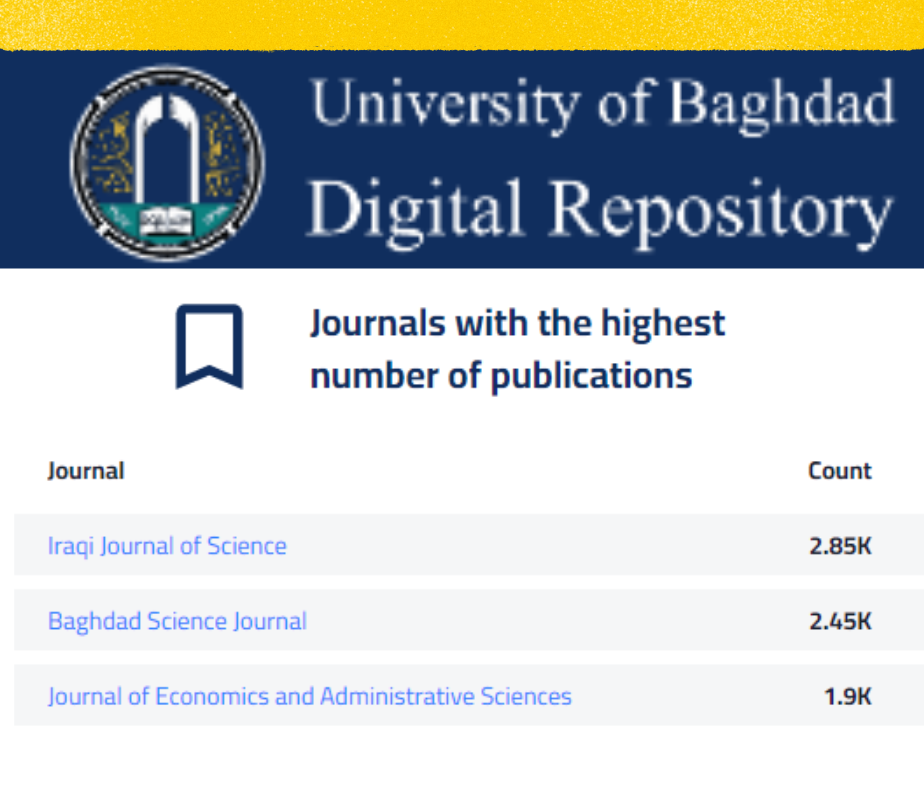Model Estimated Building in Finite Population Sampling
DOI:
https://doi.org/10.33095/jeas.v22i87.722Keywords:
مجتمع محدود المعاينة، معدل المجتمع، التعدد الخطي، انحدار الحرف، التقديرات الحصينة., Finite Population Sampling, Average of Population, Multi collinearity, Ridge Regression, Robust Estimation.Abstract
Abstract
The population is sets of vocabulary common in character or characters and it’s study subject or research . statistically , this sets is called study population (or abridgement population ) such as set of person or trees of special kind of fruits or animals or product any country for any commodity through infinite temporal period term ... etc.
The population maybe finite if we can enclose the number of its members such as the students of finite school grade . and maybe infinite if we can not enclose the number of it is members such as stars or aquatic creatures in the sea . when we study any character for population the statistical data is concentrate by two method , the first method is census which we concentrate the data for each singular of population , and the second method is sampling method which we concentrate the data for part of population such as this part (sample) have the sane characters of population which we taken .
This research proposes estimation for some of parameters in finite population sampling, such we use the estimation of average of the model and obtaining of the Best Unbiased Estimator of average of finite population by the Fuller use. This research also proposes some robust estimators of the finite population mean which suitable in the presence of some outlying observations. The robust estimators are derived on the basis of certain predictive influence functions.
Downloads
Published
Issue
Section
License
Articles submitted to the journal should not have been published before in their current or substantially similar form or be under consideration for publication with another journal. Please see JEAS originality guidelines for details. Use this in conjunction with the points below about references, before submission i.e. always attribute clearly using either indented text or quote marks as well as making use of the preferred Harvard style of formatting. Authors submitting articles for publication warrant that the work is not an infringement of any existing copyright and will indemnify the publisher against any breach of such warranty. For ease of dissemination and to ensure proper policing of use, papers and contributions become the legal copyright of the publisher unless otherwise agreed.
The editor may make use of Turnitin software for checking the originality of submissions received.













 How to use the OJS system
How to use the OJS system 










